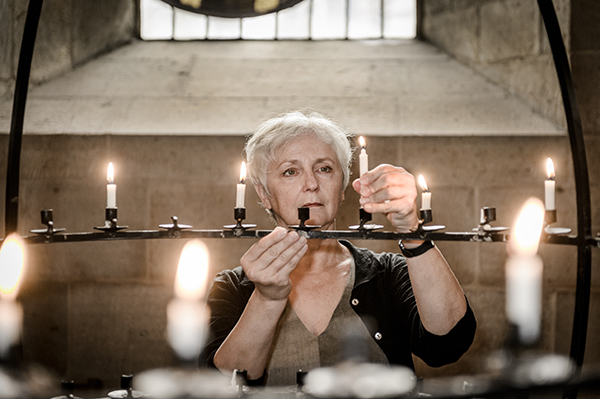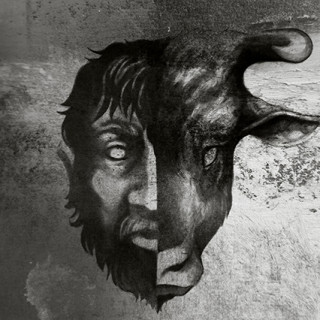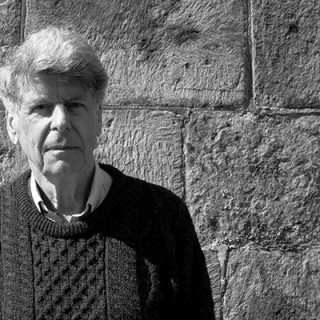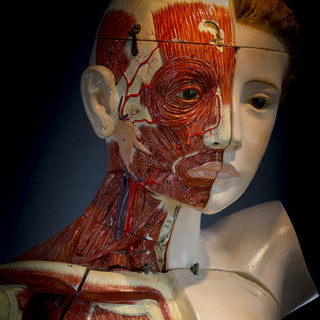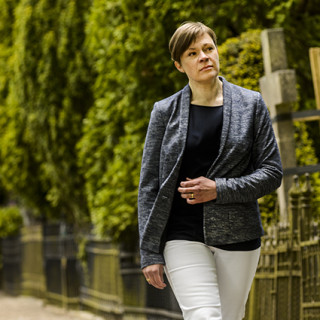The new death
Are we witnessing a new form of death taking shape in our society? A death that puts the individual at the centre and imposes new demands on three professional groups who encounter death: doctors, undertakers and priests.
Professor of Ethnology Lynn Åkesson has been dealing with this question for many years now and has witnessed two trends evolve that today operate in parallel. On the one hand, anonymous deaths have increased significantly – deaths with anonymous funerals or family members who wish to get through the funeral as quickly, simply and inexpensively as possible. On the other hand, deaths that put emphasis on the deceased and embraces the individual through personalised funerals with music, colours, flowers, decorated graves and relatives, and place higher demands than ever on health care, the undertaker and the priest.
“Both trends reflect the individualisation of our time. Variations were not possible 50 years ago, rather general practices had to be adopted. Today, you are more free to do as you please”, says Professor Lynn Åkesson.
A dead body must be treated with the same respect and integrity as a living one. And because families today have more say, the professional role of pathologists has changed over the years. This is most evident in cases of possible organ donations.
“If the deceased has not specified their wishes, the question is asked to the families who are in a vulnerable position. Often people tend to play it safe and decline.”
The body can tell us much more than what is visible on the outside. And with the help of developments in medicine, pathologists have been able find new indications and patterns.
“For a long time it was inconceivable to think that parents could beat their own children to death. Or that children were subjected to incest and paedophilia. These are blind spots in our society that have over the years been discovered through autopsies. We now begin to detect a pattern of a new blind spot: Violence against the elderly. Health care is pushed out into the homes, and the burden on families leads to violence”, says Professor Lynn Åkesson.
Funeral homes have over the years been in hiding, the old black death was not to be visible. But today funeral homes have taken over much of the church’s former role and become advisers to the affected family members.
“What to do when someone dies is no longer passed down through generations, and death usually comes as a surprise. Then the funeral home steps up as a sounding board and primary contact with the church. The emphasis on the individual has accelerated and today the focus is on familiarity. Also more women have been recruited to the sector.”
Even the priest’s role has changed dramatically. From being at the centre of the village with good knowledge of the families’ histories, to quickly creating a relationship of trust with the families at a funeral.
The priest often comes in contact with families in times of chaos and then it can help to be neutral and uninformed of the family’s situation. But even though nowadays fewer people go to church, at funerals we like to maintain our Christian ritual framework. The deep Christian meaning of the symbolism has been lost, but in our time of grief we still need a common place, a funeral, that unites us.
“They say that rites explain what we are to become, and I believe that rites unite us in what lies beyond logic. In a ritual context, you give up the individual and become something together with others, surrendering to something larger than yourself. There is nothing to indicate that the person of today wants fewer rites. On the contrary, today we spend more than ever on rites, just see how the number of grandiose weddings has increased”, says Lynn Åkesson.
Also the final rest has become more personalised.
“Previous generations, born around the turn of the century, wanted to be buried in common memorial groves. There was a great fear having a neglected grave, not properly looked after by the children. It was better not to become a burden to anyone than to look like nobody cared about you after you died.”
These days we have more choices and our selection is bigger – ash scatterings, anonymous memorial grove burials, woodland cemeteries, or spreading of ashes in a lake or sea. The traditional church funeral is headed for a reverse trend, in particular, ash graves have increased – we no longer want to feel bound by family graves. A rather different, new type of burial is the unmarked graveyard where the dead are buried in coffins, but no gravestone.
We also have another way of looking at unborn or infant deaths. From doing as little as possible to do as much as possible with the little you have.
“Health professionals have stressed that this provides better support for parents in mourning. In the past, unbaptised children would not be buried, they were considered dangerous to the church. Today you have the option of saying farewell at the hospital as well as at the funeral.”
Are we afraid to talk about sadness and death; do we find it difficult to approach these existential questions such as what happens after life?
“No, I don’t think so. We did go through a period in history when death was not present, but around 1995 the conversation restarted, and nowadays there are many television and radio programs and books that help.”
Text: Bodil Malmström
Photo: Kennet Ruona


